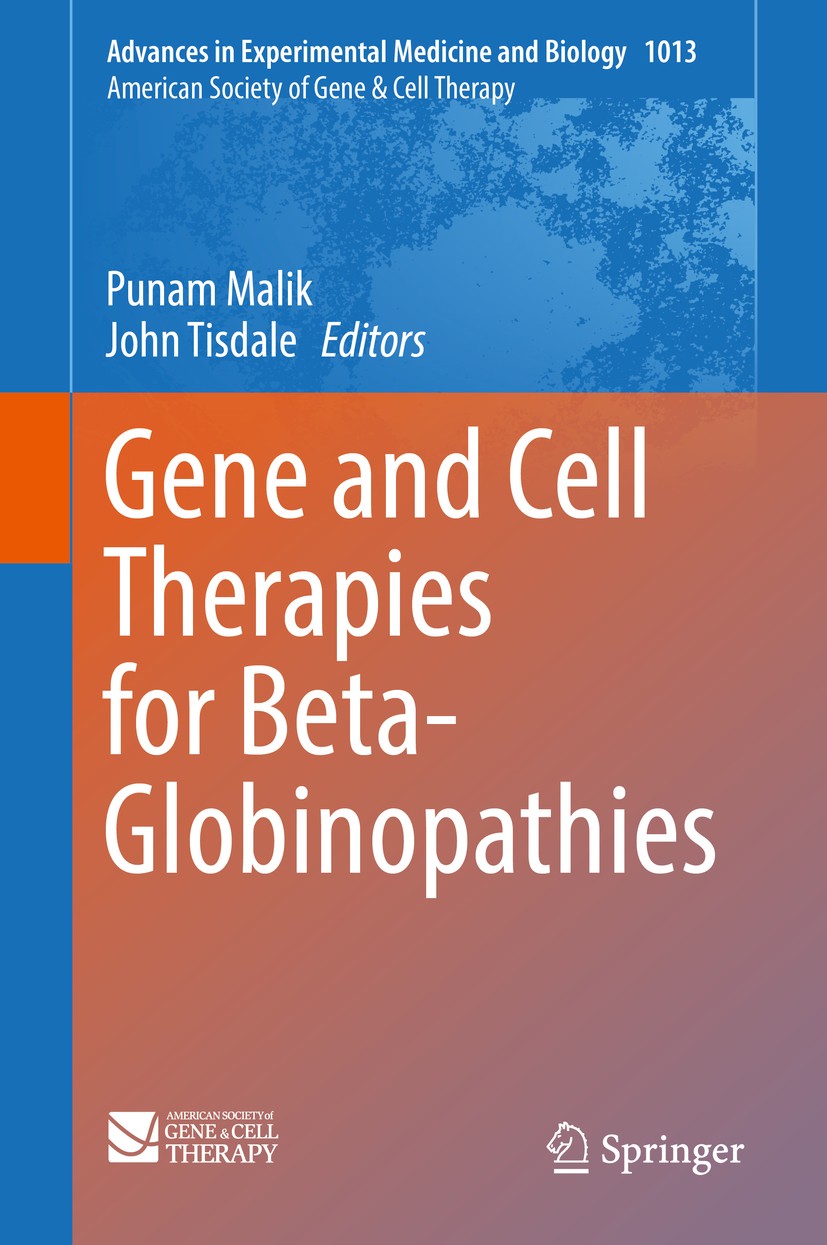| 书目名称 | Gene and Cell Therapies for Beta-Globinopathies |
| 编辑 | Punam Malik,John Tisdale |
| 视频video | http://file.papertrans.cn/382/382000/382000.mp4 |
| 概述 | This book offers a combined review of state of the art in gene and cell therapies for hemoglobinopathies.Short, succinct and comprehensive review of the current state of the field.Prospects of gene an |
| 丛书名称 | Advances in Experimental Medicine and Biology |
| 图书封面 |  |
| 描述 | .Hemoglobin defects, specifically sickle cell disease & thalassemia, combined, constitute the most common monogenic disorders in the world. In fact, nearly 2% of the world’s population carries a globin gene mutation. The transfer of the corrective globin gene through the HSC compartment by allogeneic HSC transplantation (HSCT) has already proven curative in both SCD and thalassemia patients, and provides the proof of concept that genetic manipulation of the defective organ might be equally therapeutic. However, procedural toxicities and the requirement of an HLA-matched sibling donor limit this approach to a fraction of affected individuals. The editors review the progress & the state of the field in HSCT for hemoglobinopathies & shed light on the major changes expected in the next decade. Although allogeneic HSCT is a curative option, it is limited by the availability of matched donors, which are often available only to 15-20% of patients. An alternative to allogeneic HS.CT is genetic correction of autologous HSCs, to overcome donor availability & immune side effects. This Book reviews the progress made on additive gene therapy approaches & the current state of the field. Finally, |
| 出版日期 | Book 2017 |
| 关键词 | Beta-Globinopathies; Hemoglobinopathies; cell therapy; gene therapy; thalassemias |
| 版次 | 1 |
| doi | https://doi.org/10.1007/978-1-4939-7299-9 |
| isbn_softcover | 978-1-4939-8446-6 |
| isbn_ebook | 978-1-4939-7299-9Series ISSN 0065-2598 Series E-ISSN 2214-8019 |
| issn_series | 0065-2598 |
| copyright | Springer Science+Business Media LLC 2017 |
 |Archiver|手机版|小黑屋|
派博传思国际
( 京公网安备110108008328)
GMT+8, 2025-11-22 18:48
|Archiver|手机版|小黑屋|
派博传思国际
( 京公网安备110108008328)
GMT+8, 2025-11-22 18:48


